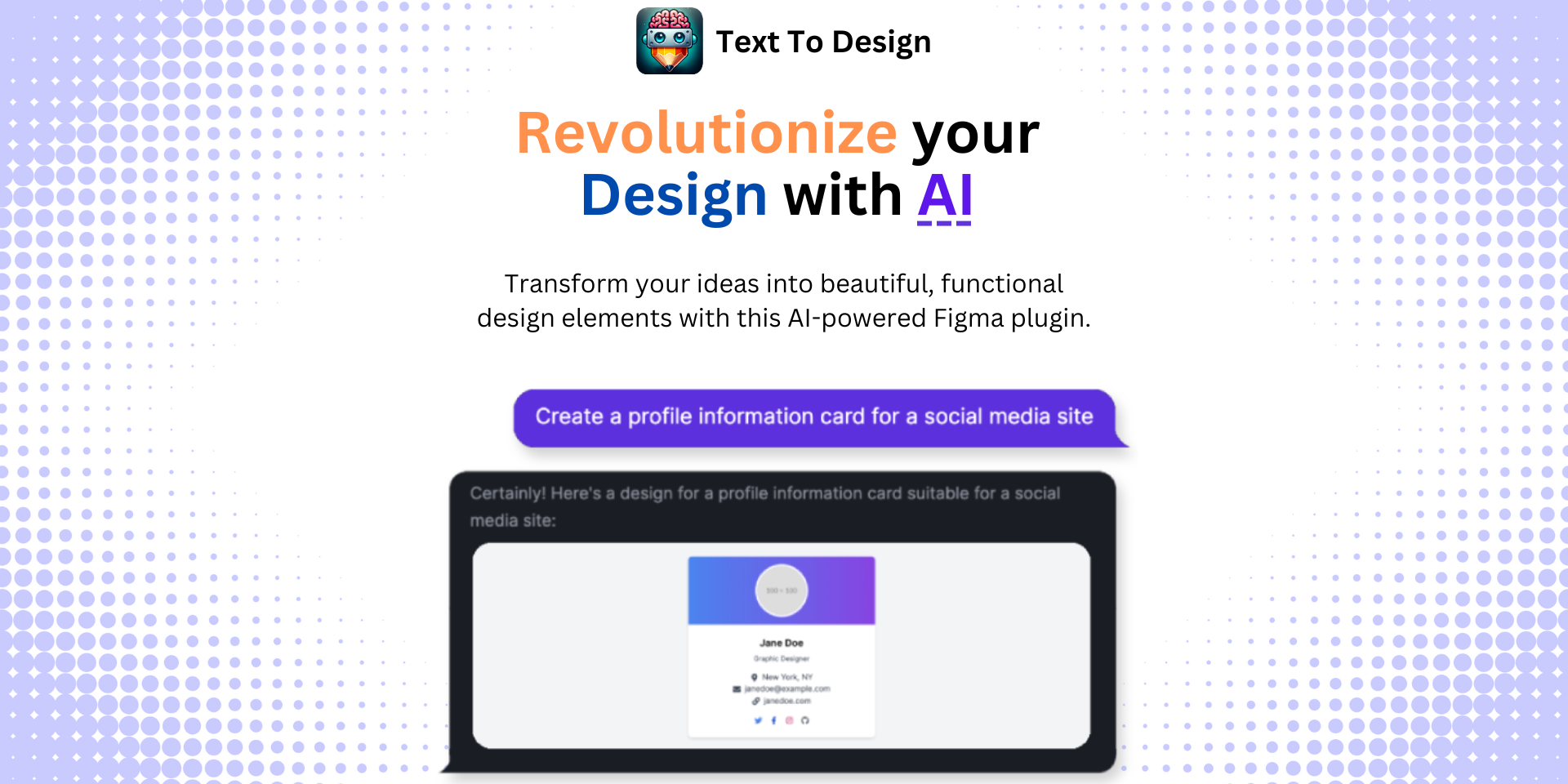Exporting CSS Code from Figma: A Comprehensive Guide
No results found
11/8/2023
Exporting CSS Code from Figma: A Comprehensive Guide1
Designing and prototyping in Figma have always been a straightforward process, but did you know that Figma also offers CSS code exports? This feature is especially handy for developers, as it assists in the translation of design to code. This comprehensive guide will walk you through the steps and provide insights into the process of exporting CSS code from Figma1.
Why Export CSS Code from Figma?2
Before we dive into the how-to, let's understand the why. Figma, as a design tool, allows users to create detailed and interactive designs. These designs then need to be translated into code, usually HTML and CSS, for them to function on a website or an app. Exporting CSS code from Figma bridges the gap between designers and developers, reducing the likelihood of misunderstandings or miscommunications2.
How to Export CSS Code from Figma3
Figma allows you to copy the CSS properties of any element. This can be achieved by right-clicking an element, selecting Copy/Paste, and then choosing Copy as CSS1. However, for a more streamlined process, consider using tools like Anima or Clapy that directly export your Figma design into clean, developer-friendly code34.
Using Anima to Export Code5
Anima allows users to create code-based prototypes in Figma and then export them as developer-friendly code. The following steps guide you through this process5:
- Enable Dev Mode in Figma.
- Run the Anima Plugin.
- Select your export options (HTML and CSS) and click "Export Code."
You can also export individual component codes using Anima5.
Using Clapy to Export Code4
Clapy is another excellent tool that helps you generate clean React, HTML, and CSS code from your Figma files. The steps to export code using Clapy are as simple as selecting the element you want to code and clicking "Generate Code"4.
Key Points to Remember6
- Ensure the designs are properly organized and labeled before exporting. This results in cleaner, easier-to-read code.
- Test the generated code. Make sure it aligns with your original design and functions correctly.
- Don't rely solely on the exported code. Use it as a starting point and adapt as necessary.
Closing Thoughts7
Figma's ability to export CSS code transforms the way designers and developers collaborate. With the right tools and understanding, you can turn your creative design into functional, clean code7.
Now, it's time to discover a tool that transforms your text descriptions into innovative design ideas. Meet Text to Design AI Assistant, a Figma plugin powered by advanced AI technology. It's the ideal tool for designers, developers, and creative teams who want to streamline their design process and bring their ideas to life.
Whether you're designing a website, an app, or a digital product, Text to Design AI Assistant can turn your text descriptions into design elements in a matter of seconds. Try it today and revolutionize your design process!
References7
Footnotes
Step Into the Future of Design with your AI Copilot
Join +40K designers revolutionizing their workflow with AI. Install our Text-to-Design plugin in just a few clicks to unlock your creative potential. Start for free and instantly generate designs for your project.
